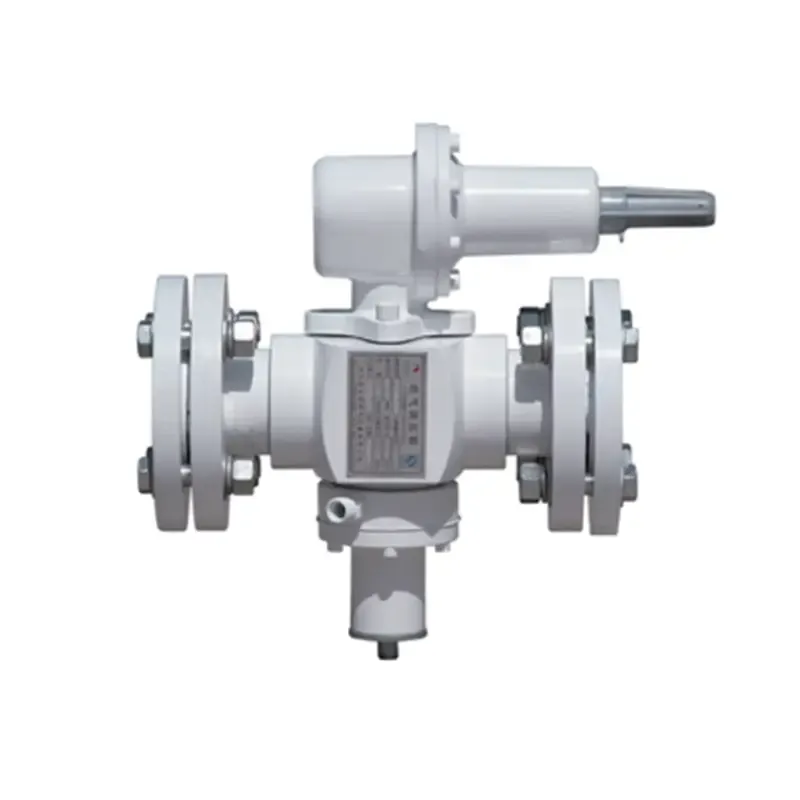
Dec . 15, 2024 12:02
Back to list
Natural Gas Equipment for Efficient Energy Solutions and Sustainable Development
Natural Gas Equipment The Backbone of the Energy Sector
Natural gas has emerged as one of the most important sources of energy globally, powering everything from homes and vehicles to industries and power plants. As the demand for cleaner and more efficient energy sources grows, the role of natural gas equipment becomes increasingly critical in ensuring the safe and efficient extraction, processing, and distribution of this vital energy source.
Natural gas equipment encompasses a wide range of tools and machinery utilized throughout the supply chain. This equipment is essential for various processes, including exploration, extraction, transportation, and processing of natural gas. Some key categories of natural gas equipment include drilling rigs, compressors, processing facilities, and storage tanks.
Drilling Rigs
At the forefront of natural gas production are drilling rigs, which are used to bore holes deep into the earth's surface to access natural gas reserves. Modern rigs utilize advanced technology to enhance efficiency and safety. These rigs are equipped with automated drilling systems that allow for precise drilling and real-time monitoring of drilling parameters. With the advent of hydraulic fracturing (fracking), drilling technology has evolved to unlock previously inaccessible natural gas reservoirs. This increases the overall supply of natural gas, making it a more viable and affordable energy source.
.
Once natural gas is extracted, it must be transported to end-users. Compressors play a vital role in this process by increasing the pressure of natural gas, allowing it to flow through pipelines over long distances. These machines come in various types, including centrifugal and reciprocating compressors, each designed for specific applications. Advanced compressor technology not only enhances efficiency but also reduces emissions, aligning with global efforts to transition to cleaner energy sources.
معدات الغاز الطبيعي

Processing Facilities
After transportation, raw natural gas often contains impurities that must be removed before it can be used. Processing facilities employ various technologies to treat natural gas, including molecular sieves, amine gas treatment, and cryogenic separation. These processes remove contaminants such as water, carbon dioxide, and hydrogen sulfide, ensuring that the natural gas meets the required quality standards for consumers. Modern processing technologies have improved significantly, allowing for higher recovery rates of usable gas and reducing waste.
Storage Solutions
Storage systems are another critical component of natural gas infrastructure. Proper storage is essential to ensure a stable supply of natural gas, especially during peak demand periods. The most common methods of storage include underground storage in depleted gas fields, aquifers, and salt caverns, as well as liquefied natural gas (LNG) facilities that allow for easy transportation and extended storage periods. These storage solutions enable energy companies to balance supply and demand effectively, ultimately benefiting consumers by keeping energy prices stable.
Technological Advances
The natural gas industry is continually evolving, driven by technological advances that enhance efficiency, safety, and environmental performance. Innovations such as remote monitoring systems, advanced sensors, and artificial intelligence are increasingly being integrated into natural gas equipment to optimize operations. These technologies contribute to the overall sustainability of natural gas as an energy source, making it a crucial player in the transition to a low-carbon future.
In conclusion, the equipment used in the natural gas industry forms the backbone of modern energy infrastructure. With the increasing global focus on sustainable and reliable energy sources, advances in natural gas equipment will continue to play a pivotal role in meeting the world's energy needs while addressing environmental challenges. As technology progresses, the future of natural gas is poised to be more efficient, cleaner, and more reliable than ever before.
Latest news
-
Safety Valve Spring-Loaded Design Overpressure ProtectionNewsJul.25,2025
-
Precision Voltage Regulator AC5 Accuracy Grade PerformanceNewsJul.25,2025
-
Natural Gas Pressure Regulating Skid Industrial Pipeline ApplicationsNewsJul.25,2025
-
Natural Gas Filter Stainless Steel Mesh Element DesignNewsJul.25,2025
-
Gas Pressure Regulator Valve Direct-Acting Spring-Loaded DesignNewsJul.25,2025
-
Decompression Equipment Multi-Stage Heat Exchange System DesignNewsJul.25,2025

